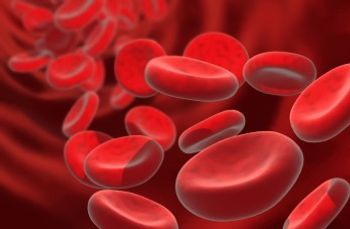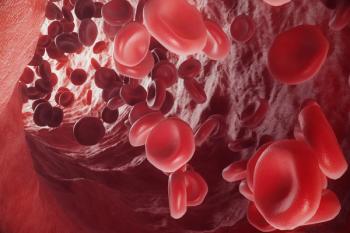
- Oncology Vol 30 No 4_Suppl_1
- Volume 30
- Issue 4_Suppl_1
(S004) Trend in Second Malignancy Risk for Head and Neck Cancer With Increased Utilization of IMRT: Analysis of SEER Database
Assuming IMRT became more prevalent from 2000 to 2002, the annual incidence rate of second malignancy remains consistently below that of patients who receive no radiation. This pattern contradicts the argument that IMRT significantly increases the risk for second malignancy.
Chenyang Wang, MD, PhD, Kei Iwamoto, PhD, Daniel Low, PhD, Allen Chen, MD; Department of Radiation Oncology, UCLA
INTRODUCTION: Intensity-modulated radiation therapy (IMRT) for head and neck cancer has become increasingly prevalent over the past decade, due to its ability to reduce radiation dose to the organ at risk (OAR). However, some have raised concerns regarding a theoretical increase in second malignancy risk from IMRT, due to both the increased volume of tissue receiving low-dose radiation and the increased number of monitor units required. The Surveillance, Epidemiology, and End Results (SEER) database from the National Cancer Institute may provide clues to whether the concern about increased second malignancy risk with IMRT is valid.
METHODS: We used the SEER database to identify patients diagnosed with head and neck cancer between 1992 and 2012. Second malignancy was defined as any second cancer diagnosis between 5 and 10 years from the original diagnosis. The upper limit of the diagnosis window was to reduce bias due to shorter follow-up periods associated with the more recent years. The second-malignancy cases were further stratified according to whether or not the patient received external beam radiation therapy (EBRT) for the original head and neck cancer diagnosis. Annual incidence rate was calculated as the ratio of subsequent second-malignancy cases to the total number of head and neck cancer diagnoses for each calendar year.
RESULTS: The annual incidence rate for second malignancy of head and neck cancer patients treated with EBRT was 3.60%, 3.44%, 3.84%, 4.02%, and 4.89% for 1998, 1999, 2000, 2001, and 2002, respectively, while the rates were 7.30%, 4.75%, 6.25%, 5.94%, and 6.09%, respectively, for patients who did not receive any radiation.
DISCUSSION: Assuming IMRT became more prevalent from 2000 to 2002, the annual incidence rate of second malignancy remains consistently below that of patients who receive no radiation. This pattern contradicts the argument that IMRT significantly increases the risk for second malignancy.
Proceedings of the 98th Annual Meeting of the American Radium Society -
Articles in this issue
Newsletter
Stay up to date on recent advances in the multidisciplinary approach to cancer.

















































































